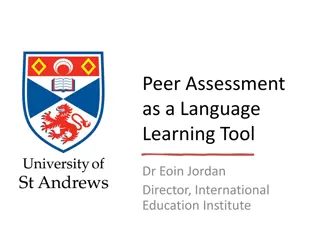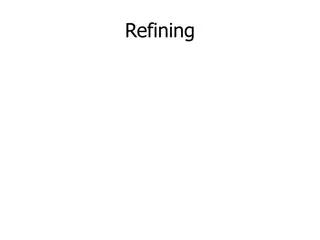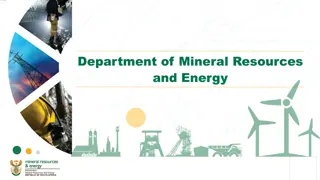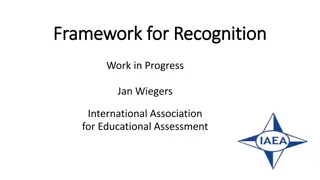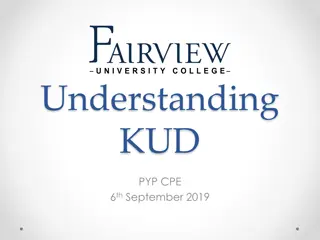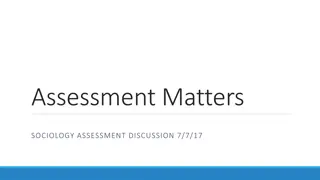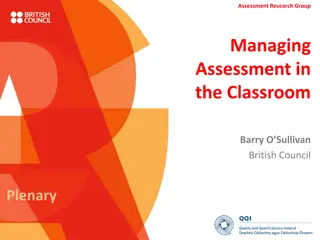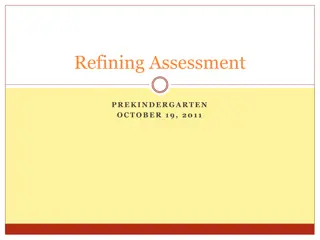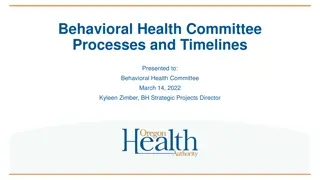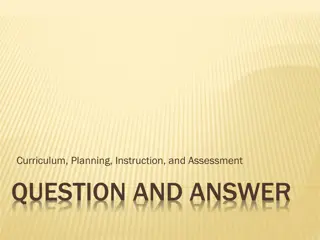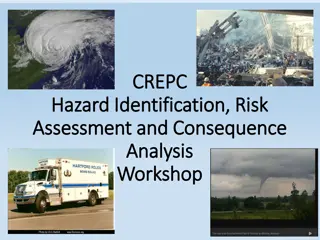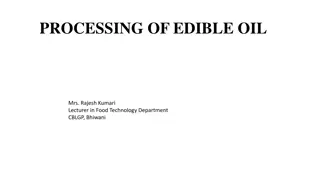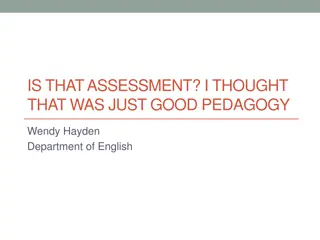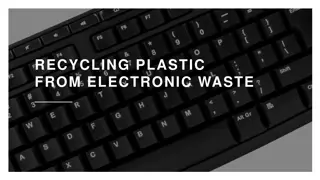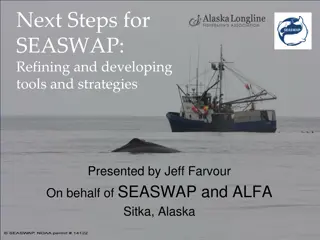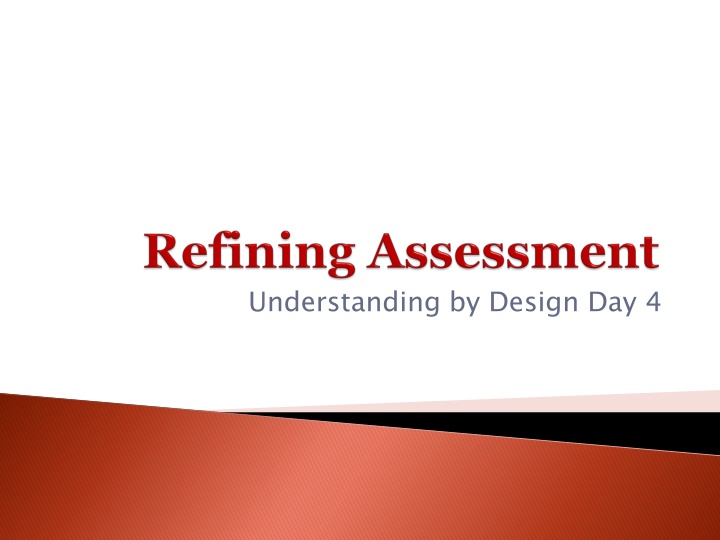
Effective Planning Strategies for Rigorous Instruction
Explore key concepts in planning rigorous instruction, understanding assessment events, and refining teaching practices. Enhance skills in analyzing student work and using evidence to drive instruction effectively.
Download Presentation

Please find below an Image/Link to download the presentation.
The content on the website is provided AS IS for your information and personal use only. It may not be sold, licensed, or shared on other websites without obtaining consent from the author. If you encounter any issues during the download, it is possible that the publisher has removed the file from their server.
You are allowed to download the files provided on this website for personal or commercial use, subject to the condition that they are used lawfully. All files are the property of their respective owners.
The content on the website is provided AS IS for your information and personal use only. It may not be sold, licensed, or shared on other websites without obtaining consent from the author.
E N D
Presentation Transcript
The room The team The topic
Start where your students are. Know where your students are going. Expect to get your students to their goal. Support your students along the way. Use feedback to help you and your students get better. Focus on quality rather than quantity. Never work harder than your students. How to plan rigorous instruction: Mastering the principles of great teaching, Robyn R. Jackson, 2011
Our Day What are High Quality Assessment Events? How does the tool focus the event? How does assessment drive instruction? How do we measure personal and social development in all subject areas? How do unpacked outcomes help?
Our understanding of the curriculum Our understanding of planning processes Our ability to use criteria as the basis of planning Our advanced skills in observing students Our comfort with trusting ourselves Our ability to analyze student thinking and development to see new levels of complexity Our ability to practice new skills and try new ideas Our experience that leads us to trusting students and ourselves to make curriculum meaningful Our understanding of making learning visible
We are ready to refine...
Computer use Positive intentions Taking risks Listening to all (parking lot process)
Goal: Analyze the assessment evidence you have brought with you today with a group of your colleagues
Locate yourself at the designated table for the subject area representing the student work you have brought with you today.
To practice using rubrics in many contexts (math, ELA, phys. ed, etc.). To look at options for measuring growth (a variety of assessment events). To think about consistency is it possible?
Go to Curriculum Corner and pull up the rubric you could use to assess your assessment event. As a group, discuss where each student would lie on the continuum of learning on the rubric, after examining the work together. Each person in your group will need time to share at least some of their assessment evidence.
How consistent were your group members in deciding the level on the continuum? Does the assessment event fit the criteria as defined within the rubric (tool)? Does this experience match the criteria? Does this assessment event seem more formative or summative? How do you know? What are other possible ways to assess this same criteria?
Exceeding Exceeding Meeting independently Meeting independently Mostly meeting with assistance Mostly meeting with assistance Not yet meeting Not yet meeting
Exceeding expectations Meeting expectations independently Mostly meeting expectations with assistance Not yet meeting expectations, even with assistance You are having trouble showing you understand puberty and what to do for yourself when it happens. When can you go for information? How can you organize your understanding so it makes sense? Show understanding of responsibilities associated with changes during puberty You show a thorough understanding of all aspects of change during puberty and how you and others may choose to accept responsibility for actions and behaviours during this time. You support your ideas with correct vocabulary and strong detail. On your own, you can show adequate understanding of the changes of puberty and how you can take responsibility for your actions and behaviours during this time, and where you can go for support and information. You use correct and respectful language around this topic. With help, you can show an understanding of some aspects of change during puberty and some of the ways a person can take responsibility for actions and behaviours during these changes. Spend more time learning about all the kinds of changes a person may experience and how you can support yourself during this time.
Checklists Highlighting Clarifying criteria (within criteria) See handout
Choose one the following 4 cities as the place you d go tomorrow if you could and write it on your strip of paper: Paris Beijing Chicago Rio de Janeiro Find other people who chose the same as you. Form a group if there are more than three of you in a group, divide into two or more groups of 2-3 people.
Health posters Assessing with the rubric Entering data into StudentsAchieve Determining feedback and instruction to follow Decisions, decisions. Summatively assess again? Redo?
Two responses to the same outcome
Exceeding expectations Meeting expectations independently Mostly meeting expectations with assistance With help, you can mostly show an understanding of some of the impacts of violence, including the contributing factors, the impact on the whole person, the supports available, and the kinds of violence we may face. Continue to explore this topic more deeply. Look beyond the basic information. How can you get inside this topic? Not yet meeting expectations, even with assistance You are having trouble showing an understanding of the impact of violence. What are the ways violence can occur? Who does it happen to? How can people get support? Why do some people choose not to get support? Go back to your resources and learn some more. USC 8.4 Demonstrate understanding of the impact of violence You show an insightful understanding of the impact of violence, including the contributing factors, the impact on the whole person, the supports available, and the kinds of violence we may face. You can analyze the reasons why people may stay in violent situations and show an understanding of the complexity of this topic. You can show an understanding of the impact of violence, including the contributing factors, the impact on the whole person, the supports available, and the kinds of violence we may face.
What if we were assessing this project in ELA instead?
Exceeding expectations Meeting expectations independently Mostly meeting expectations with assistance Not yet meeting expectations, even with assistance Clarity of key ideas Your message is compelling and insightful. Your key ideas strongly support your message. You show a clear understanding of your topic. Your key ideas are clear and straightforward. Your message is apparent but unrefined. You need more ideas and information to clarify your message. Think about spending a little more time planning before you begin your representation. You had some trouble making your message clear and focused. What are you trying to say through your representation? How can you support your ideas? Create impact You have created representations that are highly engaging, appropriately detailed and make your viewer think deeply about your message. You have created representations that create an impact for the viewers. You have used elements of art and principles of design to your advantage. With some help, you have created representations that have some impact. Spend more time thinking about what makes you like representations? How can you increase the impact for others? You are having trouble creating representations that have impact for viewers. Think about what makes visual representations interesting. Look at examples. Message/Meaning Adequate detail to suit purpose (persuade, entertain) You have clarified your purpose and addressed it with key elements and strong and engaging details. You have determined your purpose and clearly attended to it with strong details in your representation. With some guidance, you attended to your purpose with sufficient detail. Consider how to do this work on your own. What extra details can you add to enhance your representation? You are having trouble using details to address your purpose. Why are you creating the representation? How can you use details to help this happen? What do we mean by details? Clear organization of ideas Wow! You have attended to the particulars of organizing your message. Your organization enhances understanding for the audience and provides your perspective clearly and interestingly. Organization is logical and communicated your message in a straightforward way. With some help, you have a representation which is presented in a mostly clear way. Which part needs further development? __ Understanding the purpose. __Knowing more ways to organize your representation. You have used some features to enhance your representation. Consider developing your representation further with additional features. How can you use things like labels and captions? What is the purpose of this representation? What organization will best communicate your message and best suit your purpose? What are your options for organization? Organization and Coherence Appropriate text features You have used text features to fully enhance and deepen your message. You have taken risks and tried new and varied features. You have used text features appropriately for a representation. Look at other representations to get ideas for possible features to use. What are you trying to say? What features can you use in my representation? How can you use labels and captions to add to your message? Enhance written communications You skillfully use representations to deepen your message and increase engagement. You are able to clearly explain your choices and offer suggestions to others. When appropriate, your representations enhance other forms of communication and support the overall message. You can explain your choices. With some guidance, you can create representations that support your other text forms. How can you make these decisions on your own? How can representations make your message stronger in a multi-media text? You are having trouble using representations to enhance your overall message. What do representations tell us that other text forms don t? How can you create representations that are strong? Look at the rest of this rubric for ideas. Style and Language Choices Visually accurate You have created a strong connection between the visual elements and the message. You have a strong grasp on visual accuracy. You have created an obvious connection between the visual elements and the message. You spent time ensuring your chosen visual elements were accurate. There is some connection between the visual elements and the message after assistance; more thinking before creating may help. You had trouble connecting the visual elements and the message. Remember that every detail, image and word you create is part of the overall message. How can you plan your representation so all features support what you are trying to do?
So how would this look in the program? How do I decide if this is summative or formative? How can the program help me monitor growth?
How will tomorrows Learning Experiences address the concerns? How could instruction look? What feedback do you need to give? What conversations do you still need to have? What essential question aren t answered fully? What learning experiences would you follow up with? What resources do you still need to consult with these students?
Essential Questions Questions for deeper understanding that invite deep thinking about the ideas and issues throughout the unit. How do your personal relationships and experiences shape our view of others? Why is the cycle of abuse so powerful? How can I be sure I stay safe and respected? How does violence impact the victim? How does it impact the person who is being violent?
How do we decide on the time we invest in an assessment event? (Ex. Exam vs. Project; Poster vs. Reflection) Which assessment event makes the most sense given the value of our time together and the ways a student will need to show their learning?
Strong content performance from students Clarity criteria Feasibility and materials Fairness and accuracy chance to be successful, no bias Sampling of the outcome with just enough tasks Strong content to elicit the right Clarity clear instructions and awareness of Feasibility practical given the available time Fairness and accuracy all students have a Sampling addresses the depth and breadth
Best answer multiple choice Persuasive writing assignments Invention tasks Decision making Explain your answers Error analysis Learning portfolio Capstone experiences Performance tasks Project application
Return to your table grouping from this morning. Look at the samples you brought: What feedback would you give your students? What conversations/ essential questions still need to be explored? What learning experiences and resources will follow (this could mean revisiting the outcome or moving onto the next this exemplar will impact both scenarios)? Does the assessment event meet the criteria for a summative assessment? If not, how will the summative look?
1. Mrs. White, a Grade 8 teacher, who describes herself as not much of a digital expert, recognizes that her students would benefit from utilizing digital tools to examine the health outcome concerning Impact of Violence. 2. Students have already covered some Digital Citizenship and information literacy issues to assist them accessing and processing info from the web. They also are very familiar with a variety of tools from previous users, mind map, Prezi, Voicethread. 3. She approaches her Digital Learning Consultant for her school, Thad Swidzinski and exclaims, I d really like to try to incorporate some digital tools to help my students in health class. After brief discussion, Thad resists the initial temptation to run away quickly from Katie, and provides the following solution. Book a set of Netbooks for a solid week for health class. 4. Thad will come in on the first day to help students and Katie set up a Google site (wiki) to contain artifacts (sites, blogs, videos, twitter feeds), and also to provide comments on the wikis 5. So the next day, after setting up the Google site, Katie and Thad co-teach and walk students through the rubric and get them to break it down before they do their research.
How might this manifest itself differently in various subject areas? How can we provide students the opportunity to explore above and beyond when they are ready to do so? How do we measure exceeding? How do we ensure students are clear about how this translates to percentages (in grades 9-12)?
To enhance the depth of learning for all students, which includes considering how students can continue to push and explore (exceed expectations). To plan for ways to invite students to exceed expectations. To attend to the renewed curricular expectations. To ensure all our students are afforded the same opportunities as students across the province to receive scholarships, be accepted into programs, etc. In other words, our students cannot be disadvantaged because we ask them to think more deeply.
We want students to get into post secondary institutions And... We want them to do well once they are there!
Unpacking the Outcome Analyze ways Outcome (circle the verb and underline the qualifiers) DR 6.2 Analyze ways in which the land affects human settlement patterns and social organization and ways in which human habitation affects land. KNOW UNDERSTAND Influential factors environmental, economic, political How to use a map and globe Major cities, landforms and bodies of water examples to find How to conduct an inquiry and share results Vocabulary landform, bordering, population distribution, population density, growth rate, historical, contemporary, influence, migration, inquiry, urbanization, youth BE ABLE TO DO Identify, on a map or a globe, major cities, landforms and bodies of water in Canada and a selection of countries bordering the Atlantic Ocean Propose explanations for population distributions, densities, and growth rates in a selection of countries bordering the Atlantic Ocean Compare the above with population distributions, densities and growth rates in Canada Identify the historical and contemporary factors that influence the migration of people and research examples from a selection of countries bordering the Atlantic Ocean Conduct an inquiry into the nature of urbanization and examine the impact of urbanization on youth in Canada and Atlantic countries That population distribution and density are impacted by geography That global population densities and growth rates are impacted by a number of factors That there are historical and contemporary factors that influence the migration of people That urbanization occurs for multiple reasons and has an impact on youth in a variety of important ways it impacts people in Saskatchewan (happens worldwide) ESSENTIAL QUESTIONS How are population and geography connected? How do various factors impact population? How was and is the migration of people influenced? Why does urbanization occur and how does it affect youth?
What does the criteria of the PSD look like in various subjects? When and how would you measure these criteria in subjects? What are the specific times and places where these criteria are relevant?
Design assessment events to connect directly to the criteria. Examine unpacked outcomes and rubrics and work on Learning Plans. Connect with Digital Learning people! Continue to assess the work you brought and plan responsive instruction. Look for supports on Curriculum Corner explore!!


